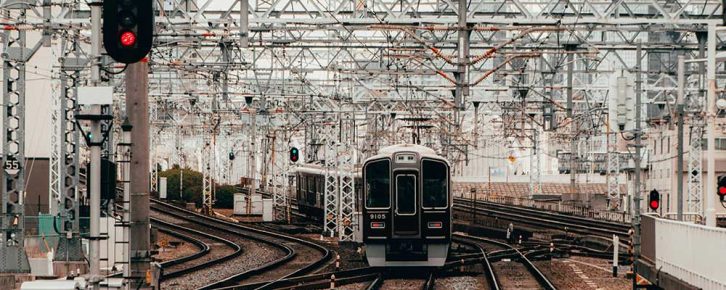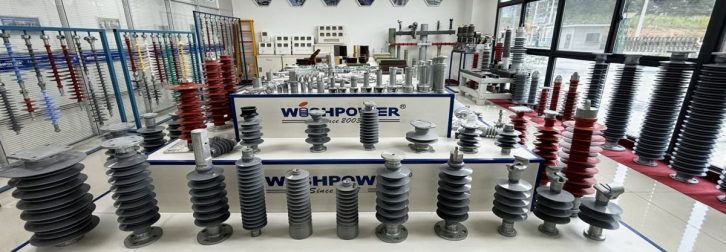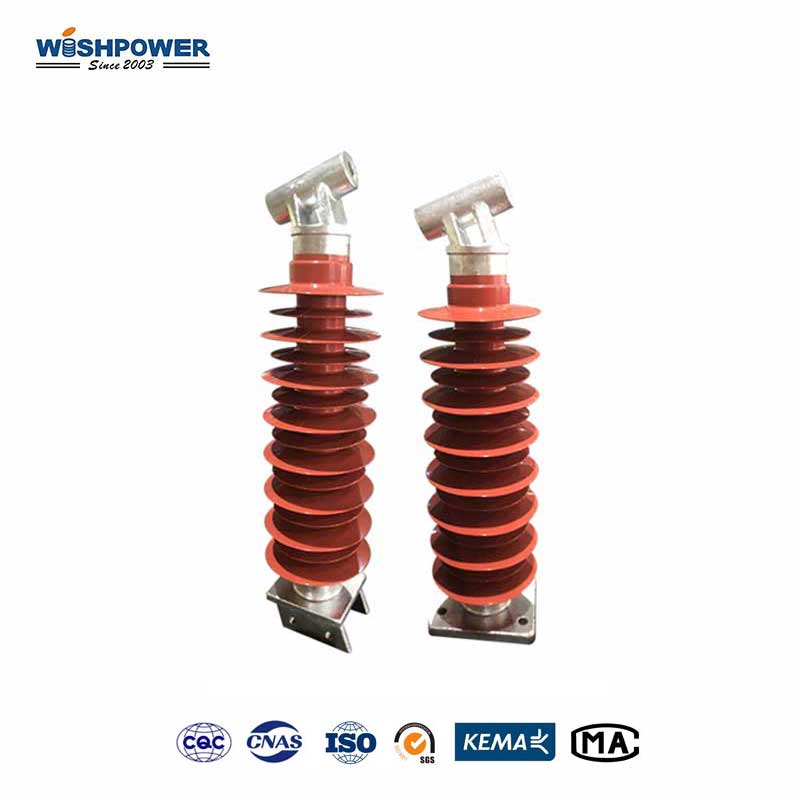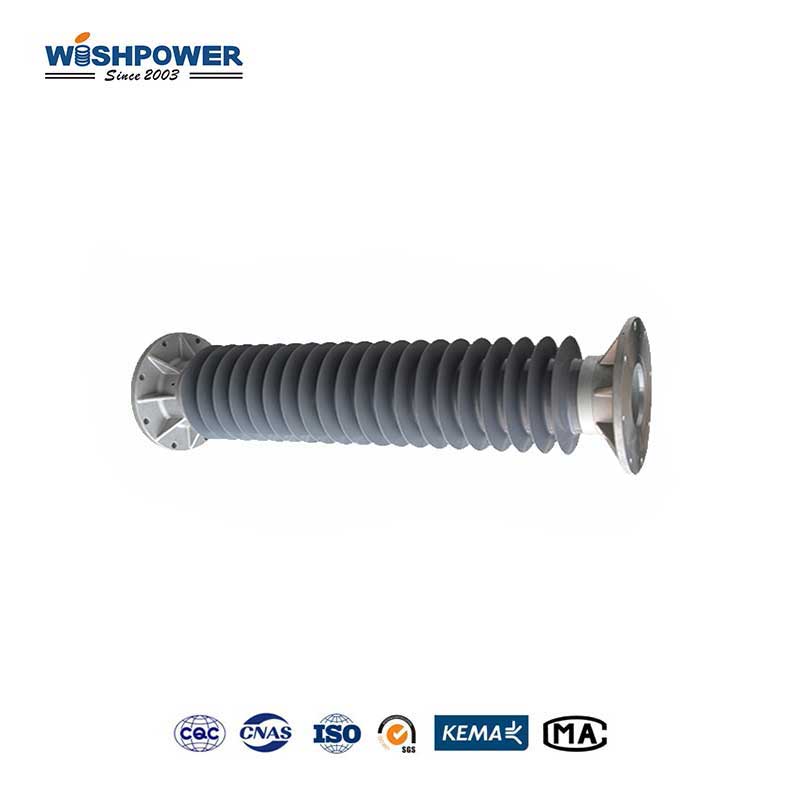Overview
In railway electrification systems, insulators are essential components used to support and isolate high-voltage conductors from grounded structures such as poles and bridges. The most commonly used railway insulators include composite insulators, porcelain insulators, and glass insulators, depending on the voltage level, mechanical strength, and environmental conditions.

Main Types of Railway Insulators
1. Composite Insulators
Composite insulators, made of a fiberglass reinforced epoxy (FRP) core, silicone rubber housing, and metal end fittings, are widely used in modern railway catenary systems. They are lightweight, pollution-resistant, anti-aging, and provide high tensile strength.
2. Porcelain Insulators
Porcelain insulators are traditional insulators made from high-strength ceramic materials. They are mainly used in railway signal systems and some low-pollution areas due to their high mechanical rigidity and long service life.
3. Glass Insulators
Glass insulators are used in certain railway applications due to their excellent transparency, high dielectric strength, and self-cleaning surface. However, they are heavier than composite insulators.
Performance Advantages
- 1.Excellent electrical insulation and mechanical strength.
- 2.Resistant to aging, UV radiation, and extreme weather.
- 3.Low maintenance and long service life.
Applications in Railway Systems
- 1.Overhead catenary system (OCL) support and suspension.
- 2.Signal system insulators.
- 3.Electric traction substations.
Composite insulators are increasingly replacing porcelain and glass types in railway systems due to their light weight, superior insulation performance, and resistance to harsh environments. Choosing the right insulator ensures reliable operation and long-term safety of railway electrification networks.
Email: info@wishpower.net

















